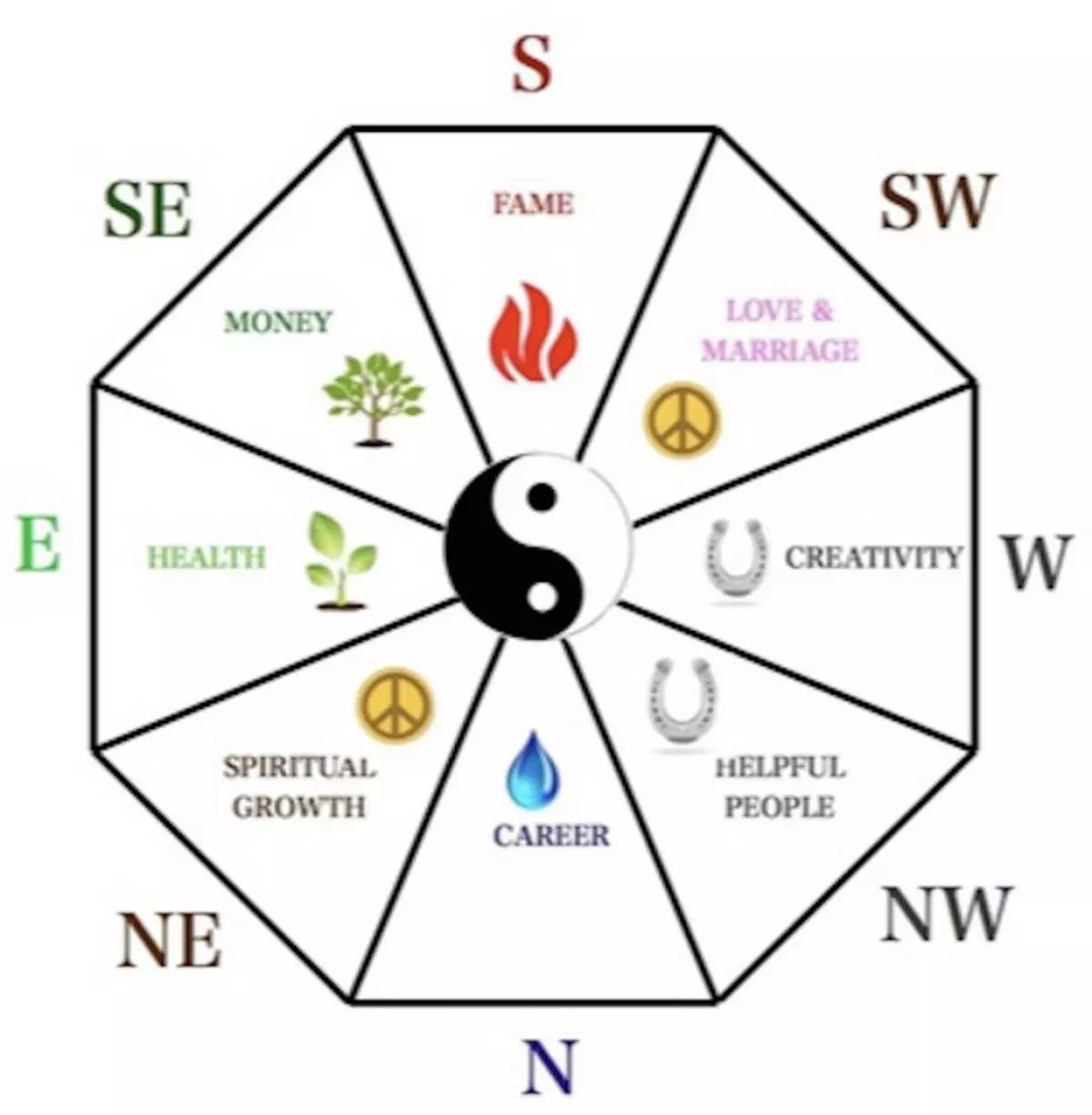feng shui can be both fascinating and perplexing. After consulting with and writing for countless clients over the past two decades, I've come to realize the need for clarity and simplicity when approaching this ancient art and science. While dismissing feng shui as superstition or treating it as a religious practice won't yield results, understanding and applying it in a clear, practical, and logical way can truly make a difference.
One of the most confusing aspects of feng shui is the bagua, or the energy map. The bagua helps us understand how different areas of our home or office are connected to various aspects of our lives, such as love, career, and health. By identifying and analyzing the bagua of our space, we can apply specific feng shui tips to balance and enhance the areas that require attention. It may sound complex, but let's break it down step by step to bring you clarity and reassurance.
Why are there two baguas in feng shui?
There are two main groups of feng shui schools, each with its own bagua energy map. The Classical or Traditional feng shui schools have developed the Classical bagua, which defines areas based on compass directions, starting with the reading of the front door's compass direction.
 Image: The Classical Feng Shui Bagua
Image: The Classical Feng Shui Bagua
On the other hand, the BTB school (Black Sect Tibetan Tantric Buddhist School), brought into the Western world in the mid-80s by Master Lin Yun, follows a different approach. The BTB bagua is easier to apply as it solely considers the location of the front door, disregarding compass directions. However, the BTB bagua's origins are also rooted in ancient wisdom, specifically the Lo Shu Square. To use the BTB bagua, you align the bottom part of the bagua with the wall of the front door, ensuring it falls within the three lower rows of the bagua.
 Image: The BTB Feng Shui Bagua
Image: The BTB Feng Shui Bagua
Which bagua should you choose?
The question of which bagua is better or more accurate ultimately boils down to personal preference. One bagua is not inherently superior to the other. You should choose the bagua that resonates with you the most, the one you feel drawn to work with. Both bagua styles can yield powerful feng shui results when applied correctly. The key is to select one style and base all your feng shui efforts on it. Attempting to combine both baguas can lead to confusion and disrupt the energy flow in your space and within yourself.
Here's an interesting insight to consider. Once you have worked with one bagua style for a while and have based all your feng shui practices on it, you may naturally develop an intuitive understanding of how to incorporate the wisdom of the other bagua into your work. This level of expertise is not necessary for beginners but may naturally emerge as you become more comfortable and confident in working with the energy of your home.
For example, let's say the facing wall that you see as you enter your home or a specific room falls within the North bagua area according to the Classical bagua. You know that this area thrives with Water and Metal elements, and you decorate accordingly. However, as you progress in your feng shui journey, you may sense the need to infuse this wall with inspiring energy, symbolized by the Fire element, which aligns with the Fame area of the BTB bagua. By doing so, you'll discover how this simple adjustment can transform the overall atmosphere of the space.
This may seem overwhelming at first, but remember to take it slow and at your own pace. Building a deep connection with your home is a process that requires time and patience. Rushing into it may backfire and create negative energy. Allow yourself to listen and understand the rhythms of your home. Seek its cooperation in this transformative work. After all, when dealing with the bagua, you're tapping into an ancient, complex, and mystical tool. Mastery comes with respect, reflection, and consistent practice.
Image: @markdsikes_interiors/instagram














